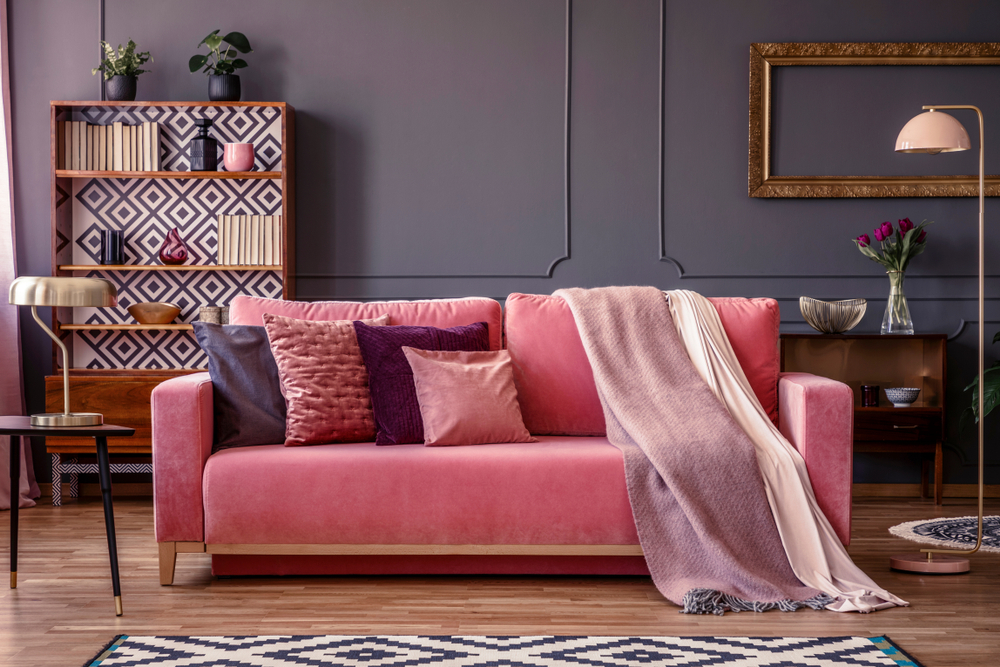Subscriber Benefit
As a subscriber you can listen to articles at work, in the car, or while you work out. Subscribe NowColor is the most defining design element in a room. Colors can make a room appear cold and institutional or warm and inviting. Choosing colors for your rooms may be a personal choice, but one should also consider how the room will be perceived by others, whether they are visitors or cohabitants.
The mood of a room should be a main factor when selecting colors. Keep in mind that your lighting, including natural sources of light, will affect the way a room is seen.
Sometimes, someone will call me about a wall color in a project they have seen of mine in a magazine, newspaper or online. While I always like to share resources and information, I always caution that depending on where you live, the quality and intensity of light could be quite different. Therefore, the same wall color I’ve used for a project may look different when you give it a try in your home.
Selecting a specific color can be challenging. Where to start? I usually ask homeowners about personal preferences: What colors do they like to wear? What color is their vehicle? Any preferred childhood colors? What do different colors mean to them? I also ask which colors they do not like or have adverse reactions to.
Inspiration for a color palette can come from almost anywhere—the colors of a work of art, the colors outside your windows, the colors of fabrics being used on upholstery and drapes or the color of a prevalent item in room, such as an oriental rug. These are all valid starting points.
Once you have chosen your source of inspiration, creating a color palette is relatively easy. Select the lightest or most muted color for your walls. This will help you give color to your largest area, which will set the tone or mood of the room. I would also suggest a darker shade for the floors. Drapery or window treatments can be selected from the same family as the walls but in a brighter shade. Of course, the brightest intensity of this color should be reserved for accent pieces such as pillows, an unusual chair or two and accessories.
It is OK, and even encouraged, to repeat the same color in several items around a room. This makes the room look unified and well thought out. You can repeat the same “game” with a secondary color for a layered, multicolored room.
Although these are good general recipes for rooms, your room design will change and get more complex as you add textures and patterns into the mix. The general rule is the larger furniture gets the larger pattern and/or texture; midsize furniture gets patterns or textures that are somewhat smaller; and small, delicate prints, patterns or textures are used for smaller items such as chairs. We all know that rules are meant to be broken, and some of the best-designed rooms always break some rules. Play the color game well and you may end up with a winning room.
Joseph Pubillones is the owner of Joseph Pubillones Interiors, an award-winning interior design firm based in Palm Beach, Florida.
Please enable JavaScript to view this content.

